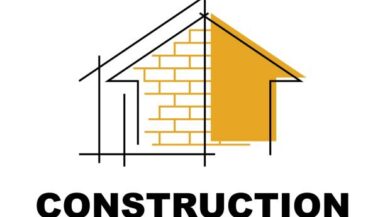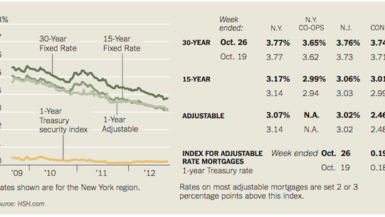H1: Introduction to Tiny Houses
In recent years, the trend of building tiny houses has been gaining popularity as more people seek to downsize their living spaces and embrace a simpler, more sustainable lifestyle. A tiny house is typically a small dwelling, often ranging from 100 to 400 square feet, designed to meet all the basic needs of its occupants while minimizing environmental impact. This article explores the concept of tiny houses, the benefits they offer, and the step-by-step process of building one.
H2: Advantages of Living in a Tiny House
Living in a tiny house comes with several unique advantages that appeal to a diverse range of individuals. Some of the notable benefits include:
H3: Reduced Environmental Footprint
Tiny houses have a significantly lower environmental footprint compared to traditional homes. They require fewer building materials and consume less energy for heating, cooling, and maintenance, making them an eco-friendly housing option.
H3: Financial Freedom
One of the main attractions of tiny house living is the cost savings. Tiny houses are more affordable to build and maintain, allowing homeowners to reduce their expenses and achieve greater financial freedom.
H3: Mobility and Flexibility
Many tiny houses are built on wheels, providing homeowners with the freedom to move and explore new places without the need to uproot their entire lives.
H3: Minimalist Lifestyle
Living in a tiny house encourages a minimalist lifestyle, promoting a focus on experiences and relationships rather than material possessions.
H2: Factors to Consider Before Building a Tiny House
Before embarking on the journey of building a tiny house, several essential factors should be carefully considered:
H3: Budget and Costs
Determining a realistic budget is crucial as it will influence the size, design, and features of the tiny house. While tiny homes are generally more cost-effective, planning for unexpected expenses is essential.
H3: Location and Zoning Regulations
Understanding local zoning regulations and finding an appropriate location to park or place the tiny house is vital. Zoning laws may vary, so it’s essential to research the legalities beforehand.
H3: Size and Design
The size and design of the tiny house should align with the homeowner’s needs and preferences. Space-saving features and creative designs are essential for optimizing the limited square footage.
H3: Sustainability and Eco-Friendly Options
Consider incorporating sustainable materials and eco-friendly features to reduce the environmental impact of the tiny house.
H2: Step-by-Step Guide to Building a Tiny House
Building a tiny house is a rewarding project that requires careful planning and execution. Here is a step-by-step guide to help you get started:
H3: Planning and Design
Begin by envisioning the layout and design of your tiny house. Consider your lifestyle, needs, and preferences to create a functional and comfortable living space.
H3: Obtaining Necessary Permits
Check local regulations and obtain the necessary permits and approvals before commencing construction.
H3: Foundation and Construction
Choose a suitable foundation, such as a trailer or a traditional foundation, and start constructing the tiny house’s structure.
H3: Plumbing and Electrical Work
Install plumbing and electrical systems, ensuring they meet safety standards.
H3: Insulation and Energy Efficiency
Properly insulate the tiny house to ensure energy efficiency and comfortable living.
H3: Interior Design and Storage Solutions
Optimize the interior space with clever storage solutions and practical furniture.
H3: Sustainable Features and Green Technology
Incorporate sustainable features like solar panels and rainwater harvesting to minimize your environmental impact.
H2: Choosing the Right Materials for Your Tiny House
Selecting the right materials is crucial for the longevity and sustainability of your tiny house. Opt for durable, eco-friendly, and space-efficient materials that align with your budget and design.
H2: Common Challenges and How to Overcome Them
Building a tiny house may present some challenges, such as limited space and zoning restrictions. By conducting thorough research and seeking expert advice, many of these obstacles can be overcome.
H2: Tips for Maximizing Space and Storage in a Tiny House
Living in a tiny house requires innovative space management. Utilize vertical space, multifunctional furniture, and creative storage solutions to make the most of every inch.
H2: The Tiny House Movement and Its Impact on Sustainable Living
The tiny house movement represents a shift towards sustainable and mindful living. It promotes community, simplicity, and environmental responsibility.
H2: Tiny House Communities and Lifestyle
Joining a tiny house community offers a sense of belonging and the opportunity to share knowledge and experiences with like-minded individuals.
H2: Safety Considerations for Tiny House Dwellers
Ensure the safety of your tiny house by adhering to building codes, using quality materials, and regularly maintaining the property.
H2: Conclusion
Building a tiny house is not only a unique housing option but also a lifestyle choice. Embracing the tiny house movement allows individuals to lead simpler, more sustainable lives while reducing their environmental impact.





Leave a reply